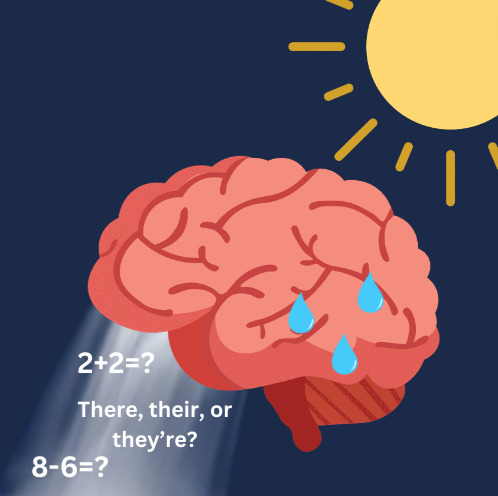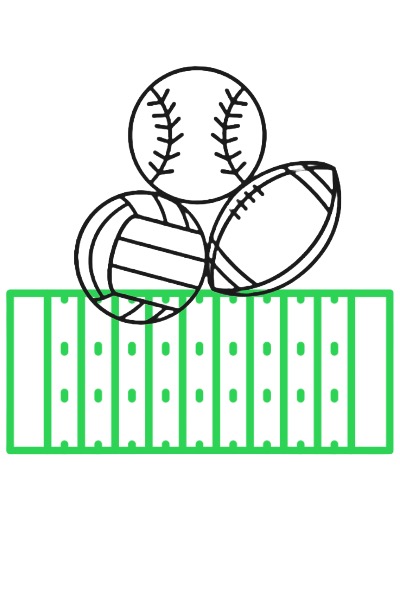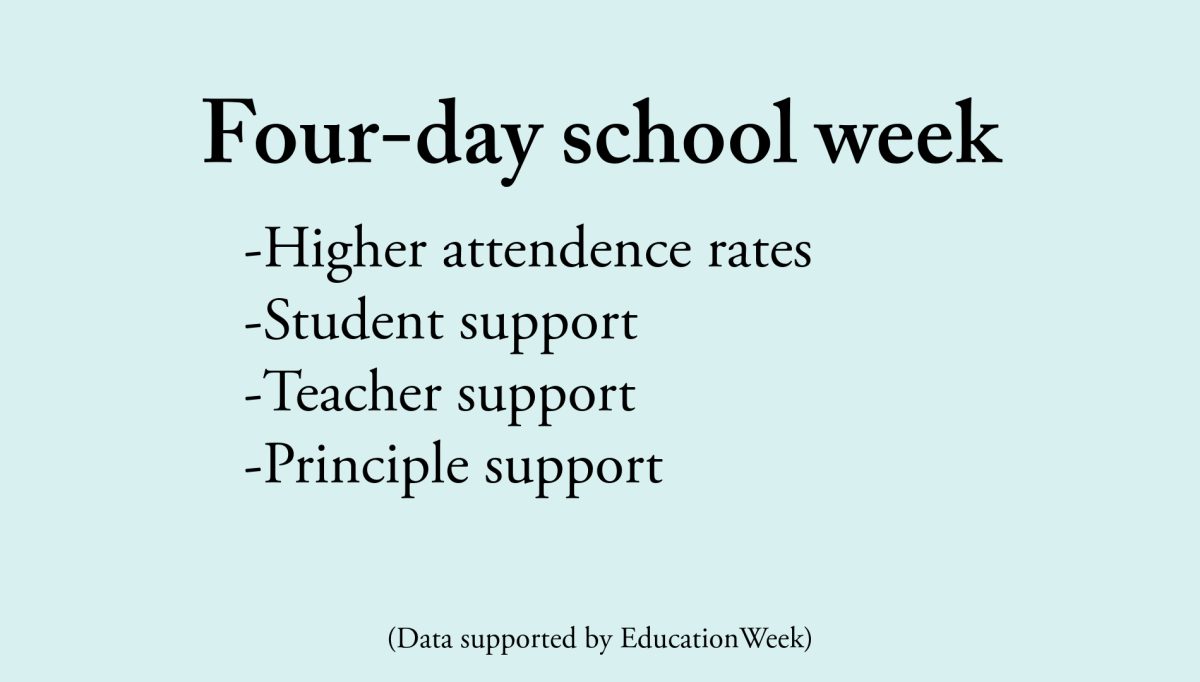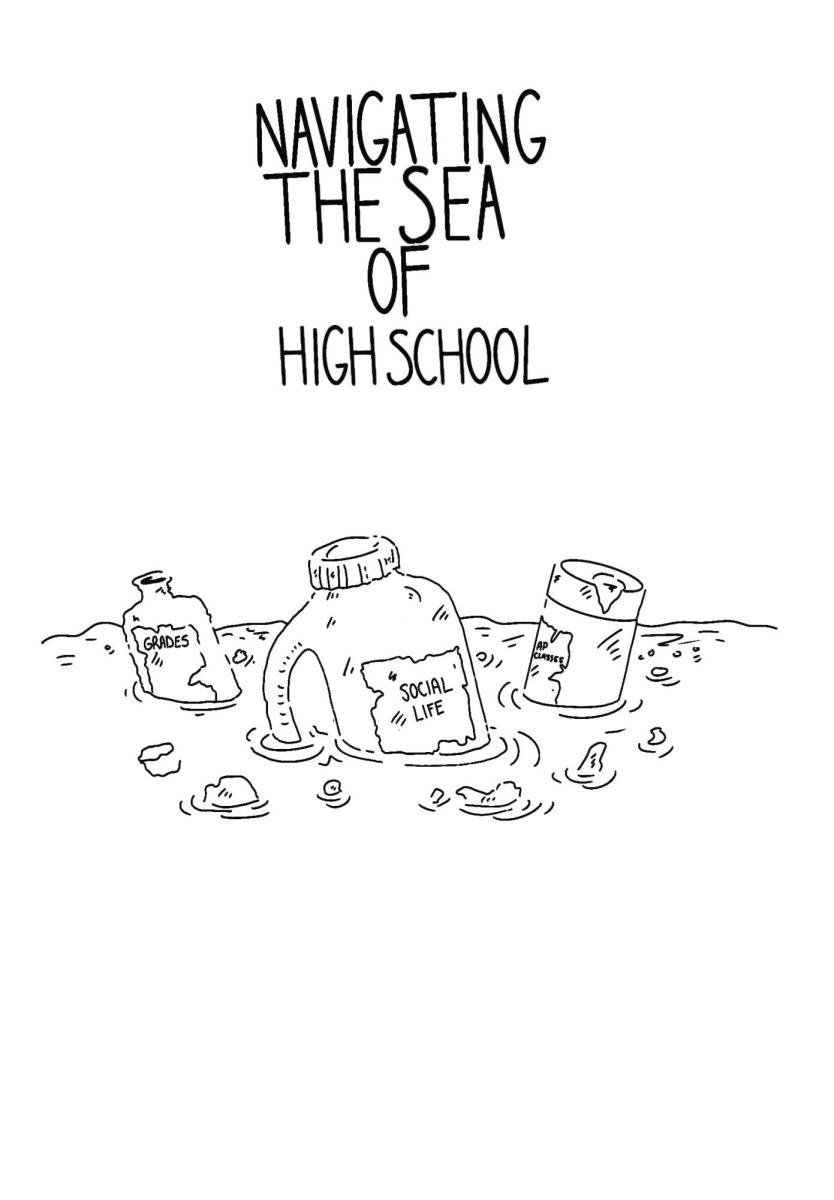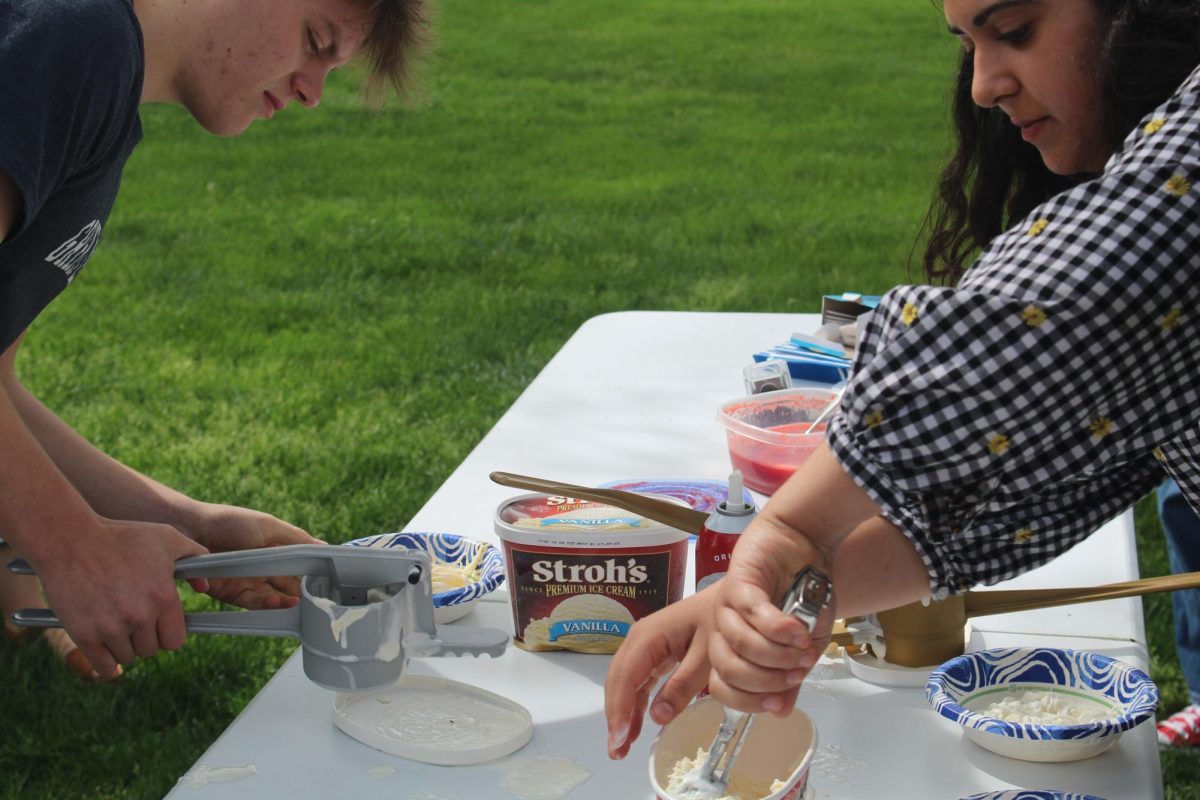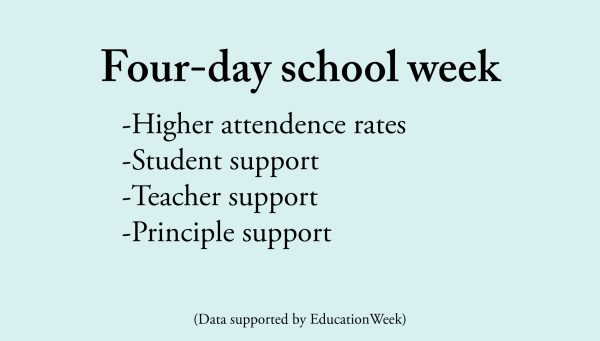Standardized testing a thing of the past
March 16, 2021

Standardized testing, a common practice which started between 1840 and 1875, kicking off in 1875 as a widespread practice, has been used to determine how well a student is prepared for college. Today, students in Michigan are measured through tests like the SAT and ACT for college and the M-Step and NWEA for a collective growth and individual growth of the students and schools.
A score from a standardized test should not be a factor that determines whether or not a student gets into a particular college as they hold absolutely no value to the student. Standardized testing allows for inequities within the education system and should be thrown out.
Firstly, the content within these tests are all supposed to have been taught up until the spring junior year of high school, typically consisting of math, evidence based reading, and writing. The majority of the content only showcases a select number of problems and questions from a certain lesson in math or grammar rules in english. If you forget what SOH CAH TOA (a saying to remember trigonometric functions) is, then there goes some of your points in the math section. Since there is only so much the test can cover, the overall ability of the student isn’t exactly tested.
Money can play a huge role in how high one may score. Chances are if you spend more money on tutoring or test prep books, the more likely you are to get a higher score. This gives students who belong to a family of higher income a better chance at getting a higher score compared to a student in a lower income family. Your previous education can also have an impact on your score– a student who goes to school in a higher income district will have a better chance at a higher score compared to someone in a lower income school district. These two things showcase some of the biggest inequities when it comes to testing.
On the other hand, someone may argue that there are free resources like Khan Academy and while that will most likely help your score if you put the time and effort in, a student will be more motivated if they are given the help by paid tutors.
Another thing these standardized tests are supposedly supposed to measure is how well students can work with the stress of deadlines and sitting in the same spot for 3-4 hours. This will not be the case in the real world, so why are students being tested on how well they can sit and retain information? Chances are when we get to the workforce, we’ll have resources and people we can ask to aid us in finding a correct answer.
In all, standardized tests don’t accurately measure a student’s capabilities and should not determine whether or not a student gets into a particular college.












